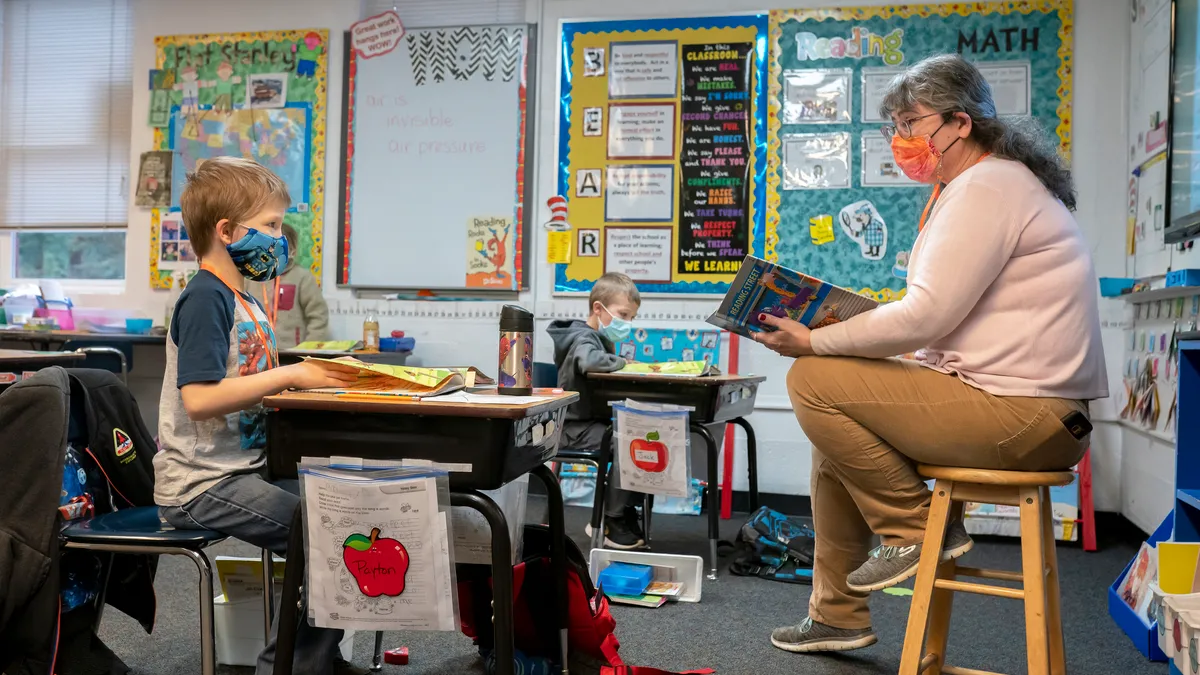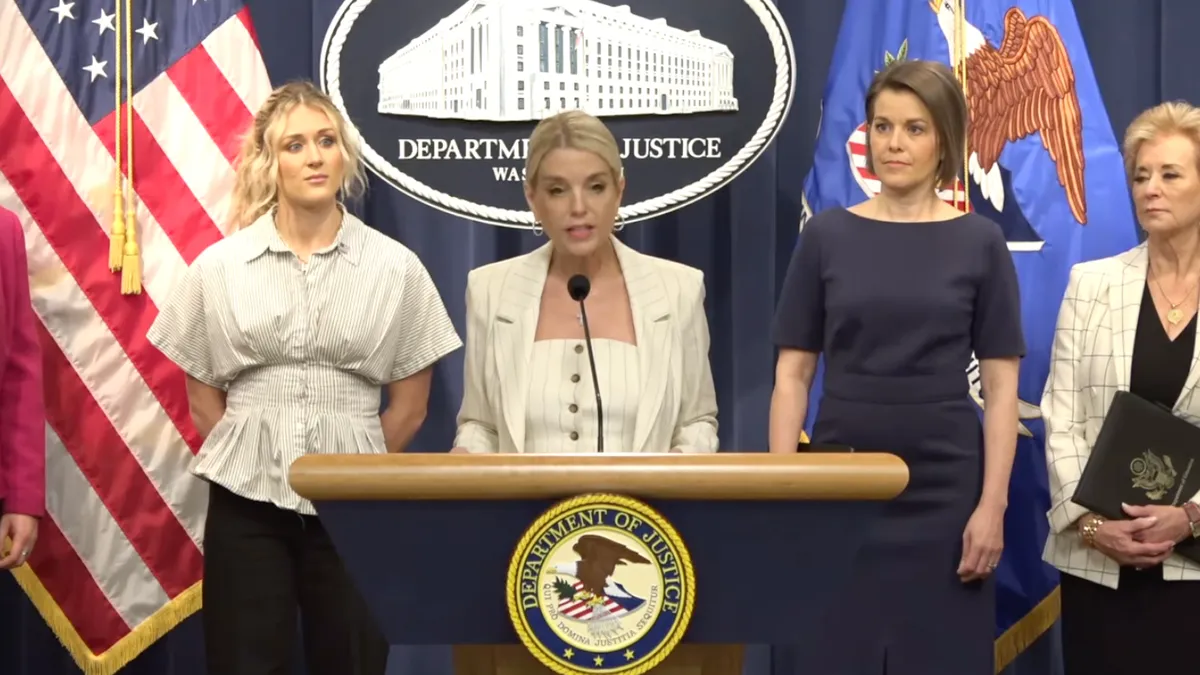As U.S. Education Secretary Miguel Cardona promotes robust tutoring strategies to address pandemic-induced learning loss, districts and states are exploring various options to find ones that will be cost-effective and scalable.
The COVID-19 pandemic has created waves of disruption to in-person learning for nearly two years and exacerbated school staff shortages. On top of that, state assessment scores are beginning to reveal the negative effects of the pandemic on student academic performance.
Cardona advised in a speech Thursday that districts should aim to provide tutoring 30 minutes per day, three times a week to students who fell behind due to COVID-19 disruptions.
This kind of individualized tutoring has often been out of reach for lower-income students, but districts and states are now looking at models to provide tutoring for all students by tapping into the $122.7 billion in education pandemic relief under the American Rescue Plan.
There are currently three broad genres of tutoring models, said Matthew Kraft, an associate professor of education and economics at Brown University.
Some districts are building their own tutoring programs or working with local partners, while others are contracting with in-person or online tutoring organizations, he said.
A third tutoring model Kraft has noticed is districts using a 24/7 service that allows students to text or call a tutor at any time. However, he noted, students will not consistently have the same tutor with this approach.
Exploring online tutoring options
Kraft is co-author of a newly released report that analyzes an online tutoring pilot tried in a Chicago Heights, Illinois, middle school in spring 2021.
In the study, college students volunteered as online, one-on-one tutors for predominantly low-income students of color twice a week for 30-minute sessions during the school day. The program took place over 12 weeks and was run by nonprofit CovEd, a free online service where all tutors are volunteer college students.
While not statistically significant, the study found small but consistently positive effects on student achievement, Kraft said. Compared to in-person, high-dosage tutoring, the online pilot program produced less significant outcomes for students, he said.
Nonetheless, the study suggests the online program could create more success if students had more tutoring hours, according to Kraft.
It’s important to note this model came at low cost to districts and CovEd to implement, Kraft said. In fact, it only cost about $32 per student.
“It’s certainly not a silver bullet, and we should be realistic about what’s possible, but it’s also somewhat encouraging,” Kraft said.
While in-person tutoring can be a favorable approach, the pandemic and challenging labor market doesn’t always make this a realistic model for districts, Kraft said. He has noticed some districts pivoting to hybrid tutoring models, another area where he suggested research is needed.
In-person tutoring state partnerships gain speed
Some states, such as Tennessee and Arkansas, are starting to invest federal pandemic relief dollars into high-dosage, in-person tutoring for schools.
In Tennessee, the state is using $200 million in federal funding to create the Tennessee Accelerating Literacy and Learning Corps to support nearly 150,000 students over the next three years. The program will provide matching grants to support low-ratio, high-dosage tutoring, and over half of the state’s districts intended to participate as of last fall.
Arkansas, meanwhile, launched a $4 million tutoring program last fall funded through ARP dollars that will go on for the next two-and-a-half years, said Missy Walley, the state education department’s director of special projects. The program, known as the Arkansas Tutoring Corps, seeks to build a system that recruits and trains tutors to meet local student needs. It also connects tutors to schools and other approved organizations needing their services.
Through Arkansas Tutoring Corps, tutors can receive up to a $3,000 stipend within their first year after completing training. The program currently has 463 active tutors and recently had 800 pending applications for others wanting to become tutors, Walley said.
Walley partially credits the stipend dollars made possible through ARP funding for the success in recruitment. She said she’s seen community members, parents and educators all apply to be tutors.
As teacher burnout continues, Walley has spoken with a district that wanted to use Arkansas Tutoring Corps to help with after-school tutoring needs for students to alleviate teacher stress.
She’s hopeful the tutoring corps program will potentially recruit future teachers, too, and she’s excited to see how the program can help districts this summer. If the program is successful, Walley would like to see it continue beyond its funding period.
While Walley said she prefers in-person tutoring, she noted the Arkansas Tutoring Corps does provide online tutoring options as needed.
The face-to-face interaction allows tutors to build relationships and trust with students in a way that is easier than when tutoring online, she said.





















